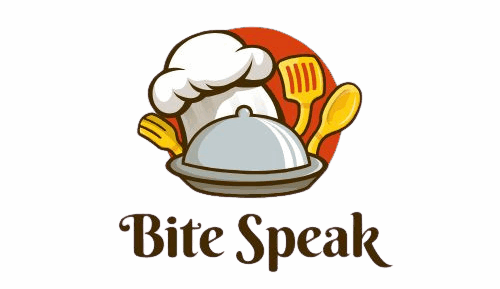23 Fast Food Items That Were Major Flops And Totally Forgettable
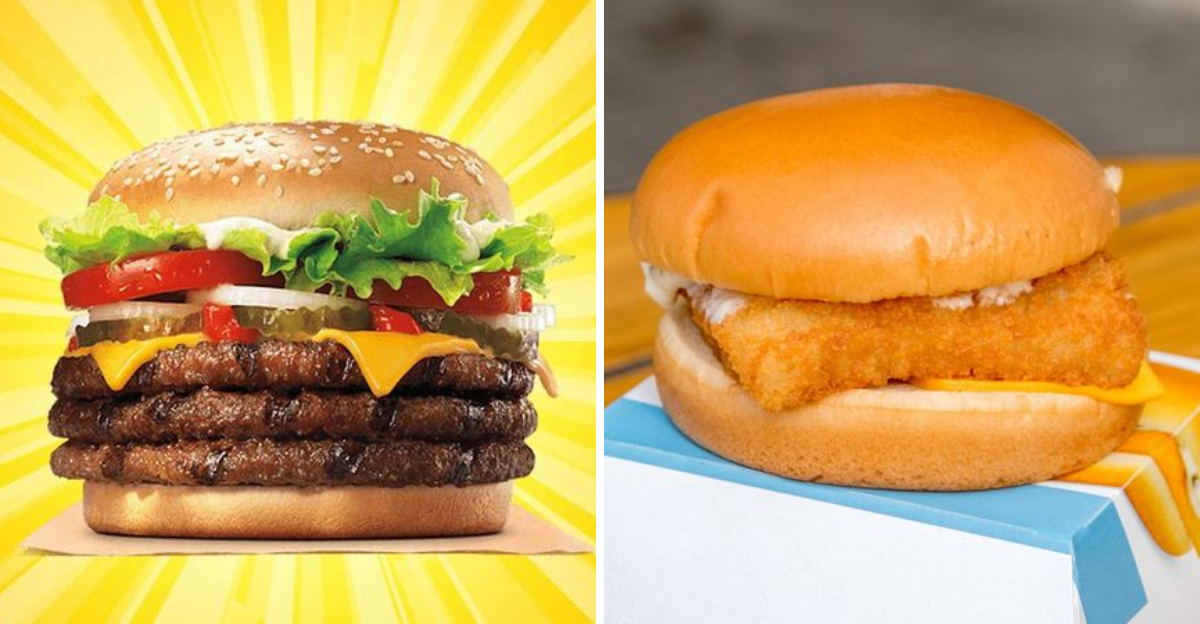
Fast food chains have introduced a myriad of new items over the years, some of which have become iconic staples while others have vanished into obscurity. The latter category often includes those ambitious yet ill-fated creations that were quickly abandoned due to lack of popularity or practicality. Here, we explore 23 such fast food items that failed to make a mark and faded into oblivion.
1. McDonald’s Arch Deluxe

In the mid-’90s, McDonald’s took a leap with the Arch Deluxe, targeting adults with a more ‘sophisticated’ burger featuring a fancy mustard-mayo sauce. Aimed at elevating the burger-eating experience, it promised a grown-up taste profile. Yet, the Arch Deluxe turned out to be a marketing misfire. Consumers were not impressed, as the taste and price did not match expectations. It was an expensive flop that led to its quick disappearance from the menu. Despite the hype, it failed to resonate with the adult audience it aimed to captivate.
2. Burger King Satisfries
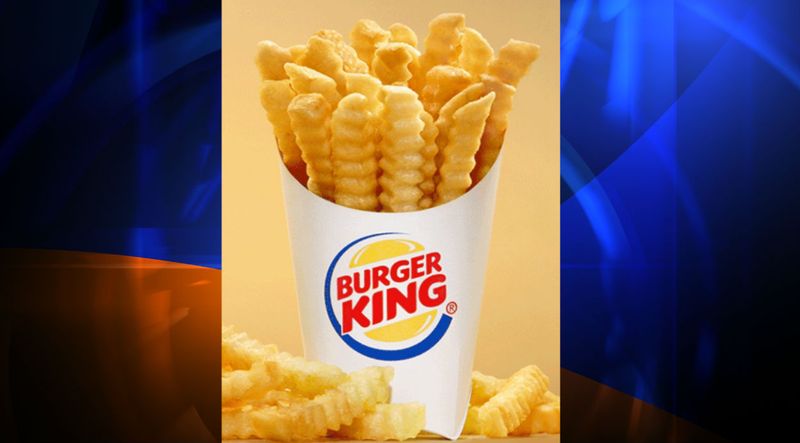
Burger King introduced Satisfries, an attempt to offer a healthier alternative to traditional fries. Billed as having 30% fewer calories, they were intended to attract health-conscious customers. However, the fries lacked the trademark crispiness and flavor. Customers found them unsatisfying and not worth the switch from regular fries. The concept of healthy fast food was appealing, but the execution was flawed, resulting in a short-lived menu item. Satisfries quietly disappeared as consumers reverted to their preferred classic options.
3. Taco Bell Bell Beefer
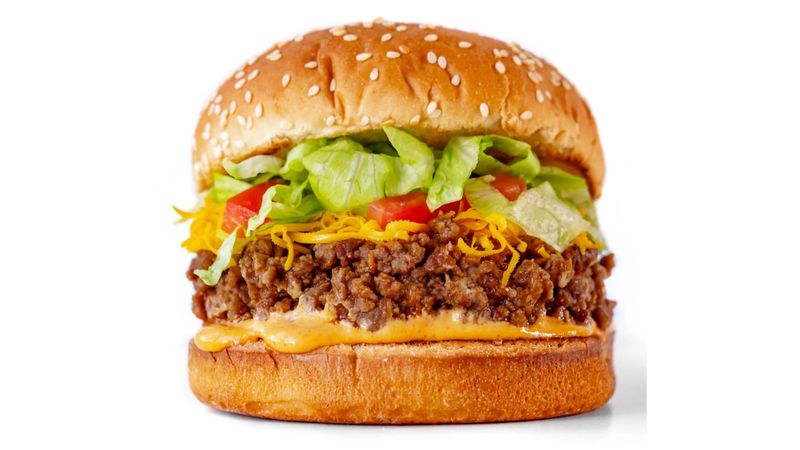
The Bell Beefer, introduced in the 1970s, attempted to blend taco flavors with a sloppy joe format. Taco Bell ventured into new territory with this sandwich-style offering. Despite its innovative approach, the Bell Beefer confused customers who expected traditional tacos. Its messiness and unconventional taste led to its quick demise. Even in an era of culinary experimentation, it failed to capture the interest of Taco Bell’s customer base. The Bell Beefer remains a curiosity of fast food history, remembered by few.
4. McDonald’s McDLT

With its divided Styrofoam container, the McDLT promised to keep the hot and cold elements of a burger separate until consumption. This innovative packaging aimed to enhance the dining experience by preserving freshness. However, the McDLT’s complexity and environmental impact overshadowed its culinary promise. Customers found it cumbersome and wasteful, leading to its eventual removal from the menu. Despite its ambitious design, the McDLT serves as a reminder of the fine line between innovation and practicality in fast food packaging.
5. Wendy’s Frescata Sandwiches

Wendy’s ventured into deli territory with Frescata Sandwiches, aiming to compete with popular chains like Subway. These sandwiches featured high-quality ingredients like turkey and ciabatta bread. Despite the gourmet touch, customers were not lured away from the signature burgers and fries. Frescata Sandwiches struggled to find their niche in a burger-centric menu. They were quietly phased out, as Wendy’s returned to its core offerings. This ambitious foray into deli sandwiches showcased the challenges of diversifying a fast food menu.
6. Pizza Hut Hot Dog Stuffed Crust

Pizza Hut took a bold step by integrating hot dogs into their famous stuffed crust, offering a fusion of two beloved fast foods. This unusual combination aimed to entice adventurous eaters. However, the Hot Dog Stuffed Crust pizza quickly became synonymous with excess rather than innovation. While it attracted initial curiosity, the greasy, gimmicky creation did not sustain interest. The unique concept was overshadowed by its impracticality, leading to its short stint on the menu. It remains a polarizing memory for pizza enthusiasts.
7. McDonald’s Hula Burger
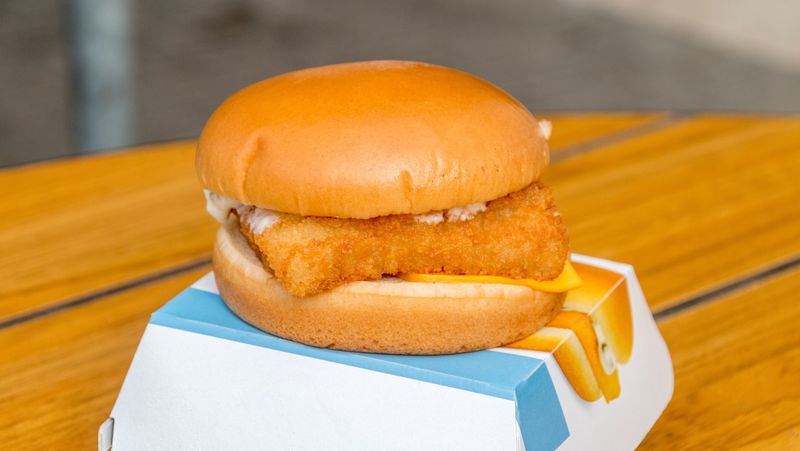
In an effort to offer a vegetarian option during Lent, McDonald’s introduced the Hula Burger, a creation featuring grilled pineapple in place of meat. Aimed at appealing to Catholics abstaining from meat, it was an unconventional offering. However, the Hula Burger lacked broad appeal and quickly faded away. It was no match for its more popular counterpart, the Filet-O-Fish. This brief experiment in menu diversity highlighted the challenges of balancing tradition with innovation in fast food offerings.
8. Burger King Shake ‘Em Up Fries

Shake ‘Em Up Fries invited customers to become part of the flavoring process by providing a packet of cheese powder to shake over fries. Despite the interactive element, the execution left much to be desired. The flavor was inconsistent, and the novelty quickly wore off. Customers found the process messy and the taste underwhelming. Burger King’s attempt to innovate on traditional fries missed the mark, leading to the item’s swift removal from the menu. It remains a curious footnote in fast food history.
9. Taco Bell Seafood Salad
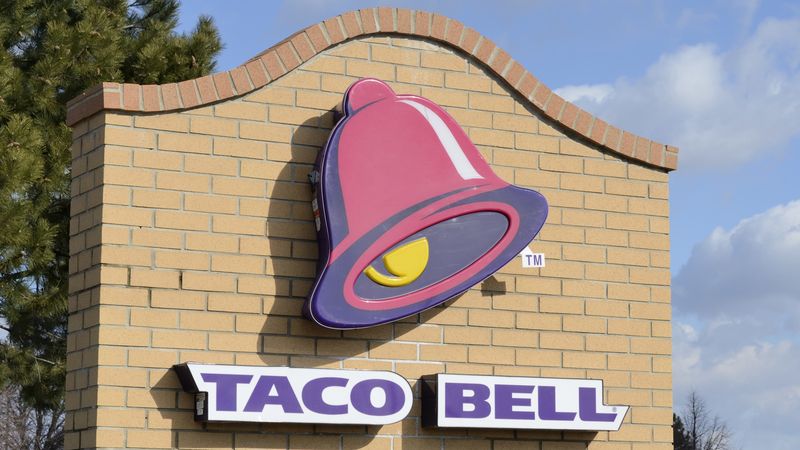
Taco Bell’s foray into seafood with the Seafood Salad was met with skepticism. Fast food seafood is a risky proposition, and this salad did little to change that perception. Customers were wary of the quality and freshness of seafood served in a fast-food setting. Despite an adventurous attempt to diversify the menu, the Seafood Salad was quickly discontinued. It failed to convince the public of the viability of seafood at Taco Bell, reinforcing the chain’s commitment to its core taco offerings.
10. McDonald’s Angus Third Pounder
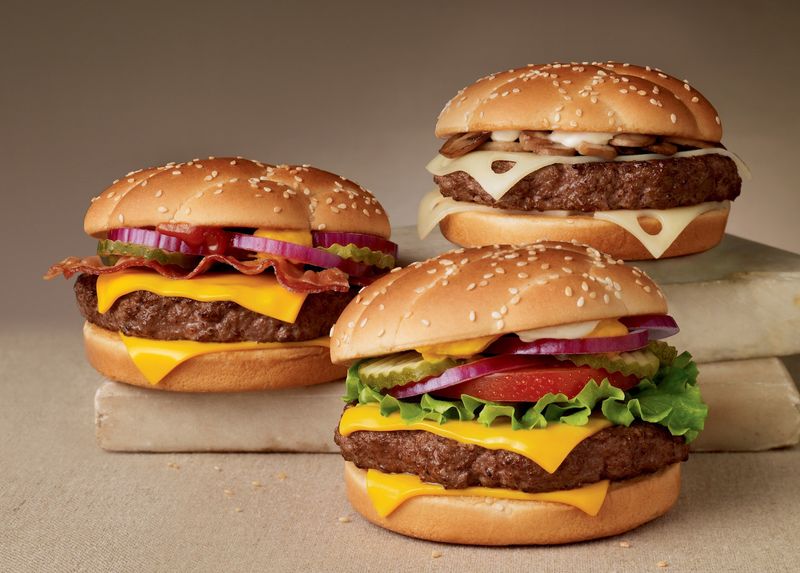
The Angus Third Pounder was McDonald’s attempt at offering a premium burger experience, featuring higher quality Angus beef. It aimed to attract customers seeking a more indulgent option. However, the price point and taste did not align with expectations. Customers balked at paying extra for a burger that didn’t deliver on the promise of superior flavor. The Angus Third Pounder was eventually dropped from the menu, underscoring the challenge of balancing quality and cost in fast food.
11. KFC Double Down Dog
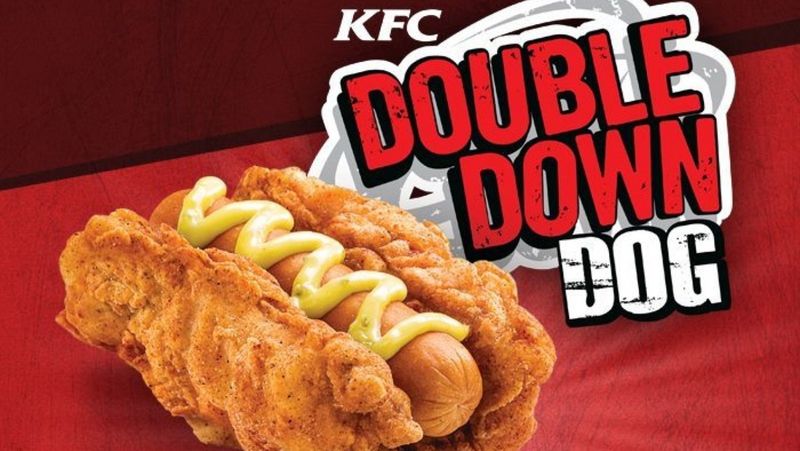
KFC’s Double Down Dog was an audacious creation, featuring a hot dog wrapped in fried chicken instead of a traditional bun. It pushed the boundaries of indulgence, appealing to those seeking a daring culinary adventure. However, the Double Down Dog was perceived more as a novelty than a meal. Its excessive nature and lack of practicality led to its quick disappearance from the KFC menu. This bold yet short-lived creation highlights the fine line between culinary innovation and over-the-top gimmickry in fast food.
12. Domino’s Oreo Dessert Pizza
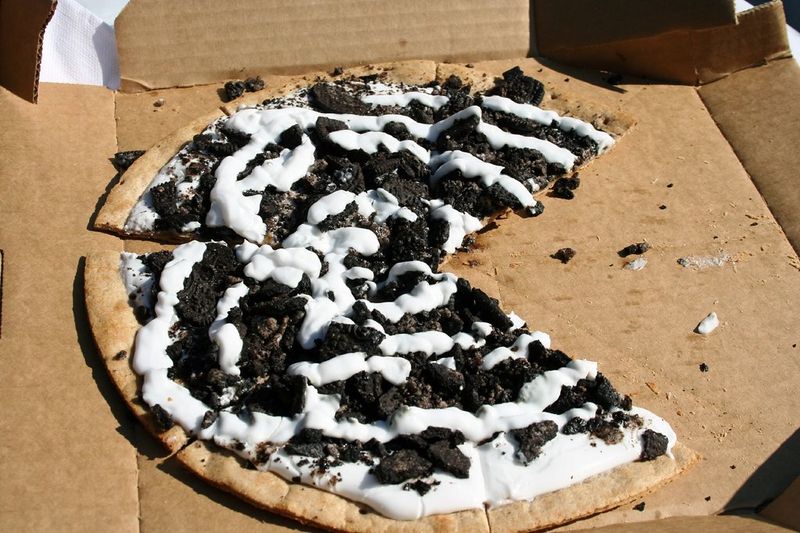
Domino’s Oreo Dessert Pizza attempted to blend the worlds of pizza and dessert with a sweet, cookie-filled creation. While the idea seemed promising, the execution fell short. The combination of pizza dough with overly sweet toppings was more disjointed than delightful. Customers found it challenging to appreciate the mix of textures and flavors. As a result, the Oreo Dessert Pizza was quickly phased out. This dessert experiment serves as a reminder of the challenges in merging distinct culinary worlds successfully.
13. Jack in the Box Frings

Frings offered a hybrid option of fries and onion rings in one package, aimed at providing variety in a single order. The idea was to simplify the decision-making process for customers. However, the execution was inconsistent, with customers often receiving an unbalanced mix. This led to disappointment, as the promise of variety was not fulfilled. Jack in the Box eventually discontinued Frings, demonstrating the difficulty in perfecting a blend that satisfies diverse preferences in one go.
14. McDonald’s Mighty Wings
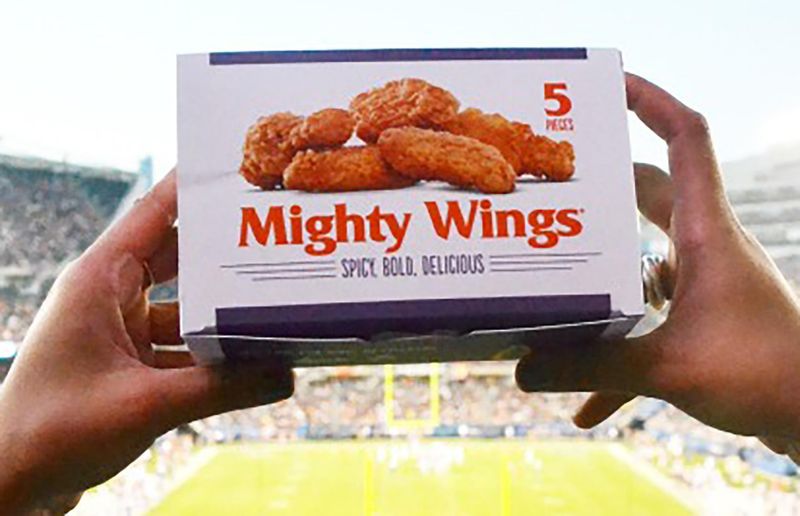
McDonald’s Mighty Wings aimed to capture a share of the chicken wing market with a spicy and bold offering. Initially, the concept of wings from McDonald’s was intriguing. However, the spiciness and toughness of the meat deterred customers. Additionally, the price point was higher than expected for the portion size. Mighty Wings failed to gain traction and were eventually removed from the menu. This venture into the wing market revealed the challenges of meeting customer expectations within fast food constraints.
15. Arby’s Natural Burger
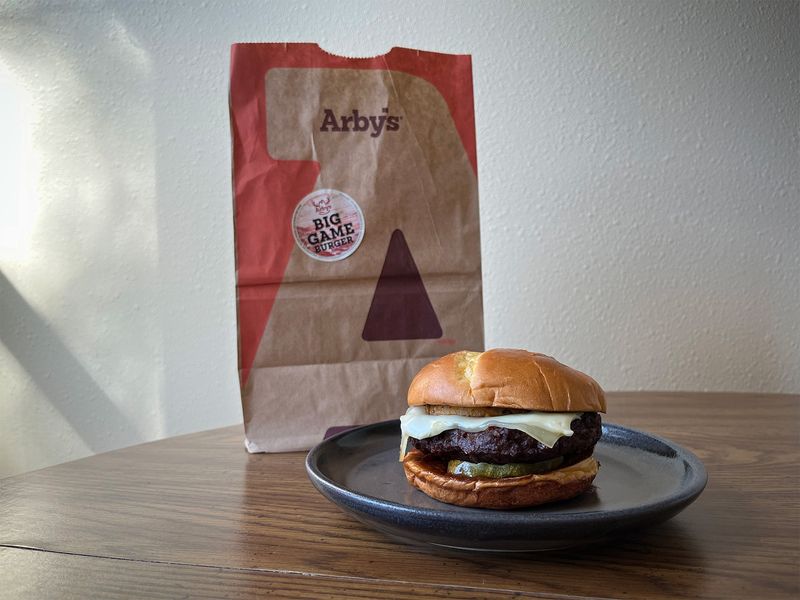
Arby’s took a brief detour from its signature sandwiches to introduce the Natural Burger, a classic beef offering with a focus on fresh ingredients. While it wasn’t poorly received, it didn’t resonate with Arby’s core audience. Customers primarily visited Arby’s for its unique roast beef offerings, not traditional burgers. The Natural Burger quietly exited the menu, illustrating the importance of brand identity in fast food. This foray into burgers highlighted the challenges of expanding beyond established culinary domains.
16. Taco Bell Cap’n Crunch Delights
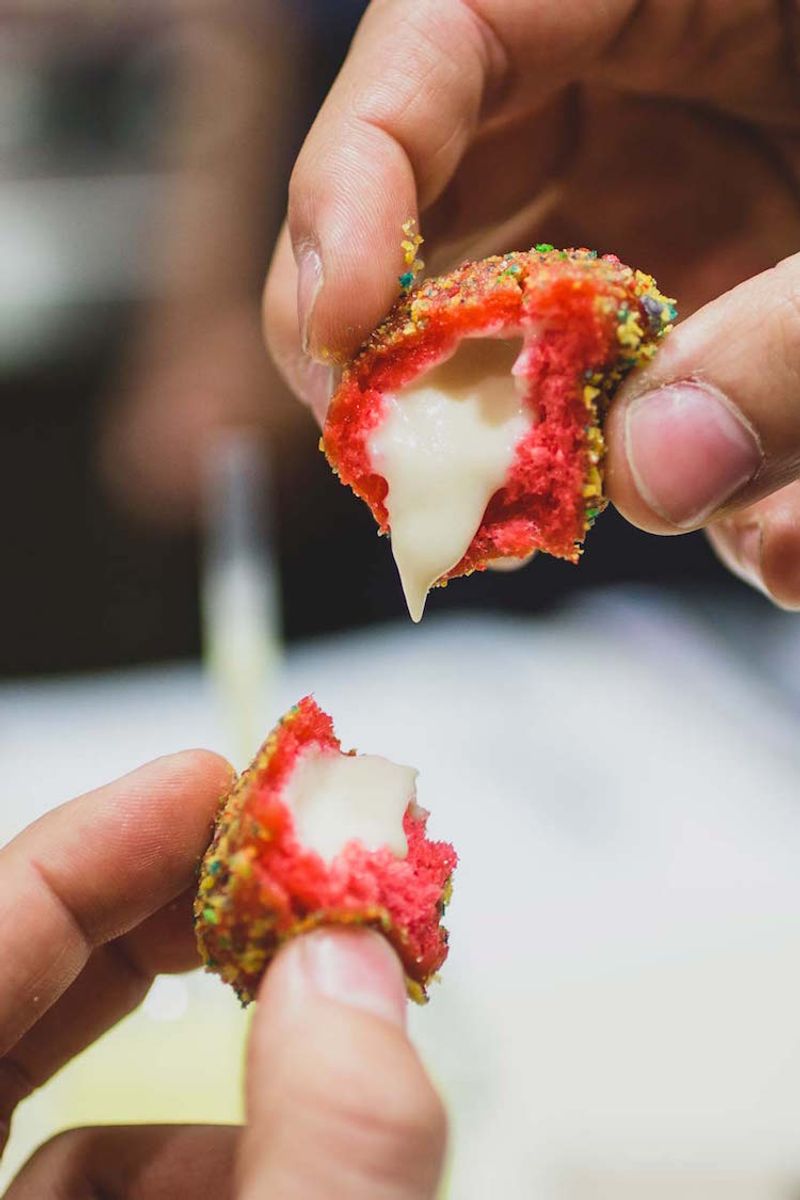
Taco Bell’s Cap’n Crunch Delights were colorful, sweet treats, designed to attract those with a sweet tooth. Coated in crushed cereal, they offered a unique twist on dessert. However, the overwhelming sweetness and messy nature of the treats limited their appeal. While initially enticing, they quickly lost favor among customers seeking a more balanced flavor profile. Cap’n Crunch Delights were eventually discontinued, serving as a lesson in the complexities of dessert innovation within the fast food landscape.
17. McDonald’s Salad Shakers
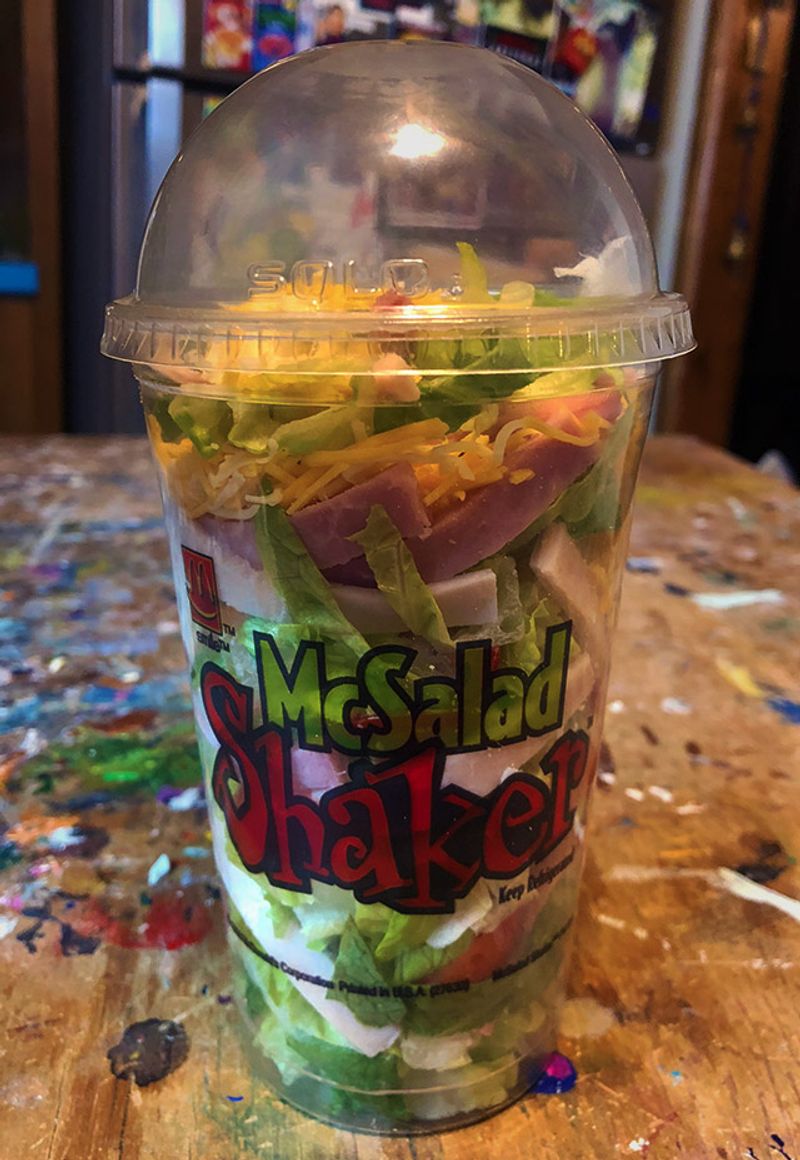
Salad Shakers were McDonald’s attempt to offer a convenient and fun way to enjoy salad on the go. Presented in a cup, they allowed customers to add dressing and shake for an even mix. While the idea was innovative, the execution was less practical than intended. Customers found the shaking process awkward, and the salad quality inconsistent. Salad Shakers didn’t last long, illustrating the challenge of balancing novelty with practicality in fast food offerings. This quirky concept remains a nostalgic memory for some.
18. Sonic’s Pickle Juice Slush
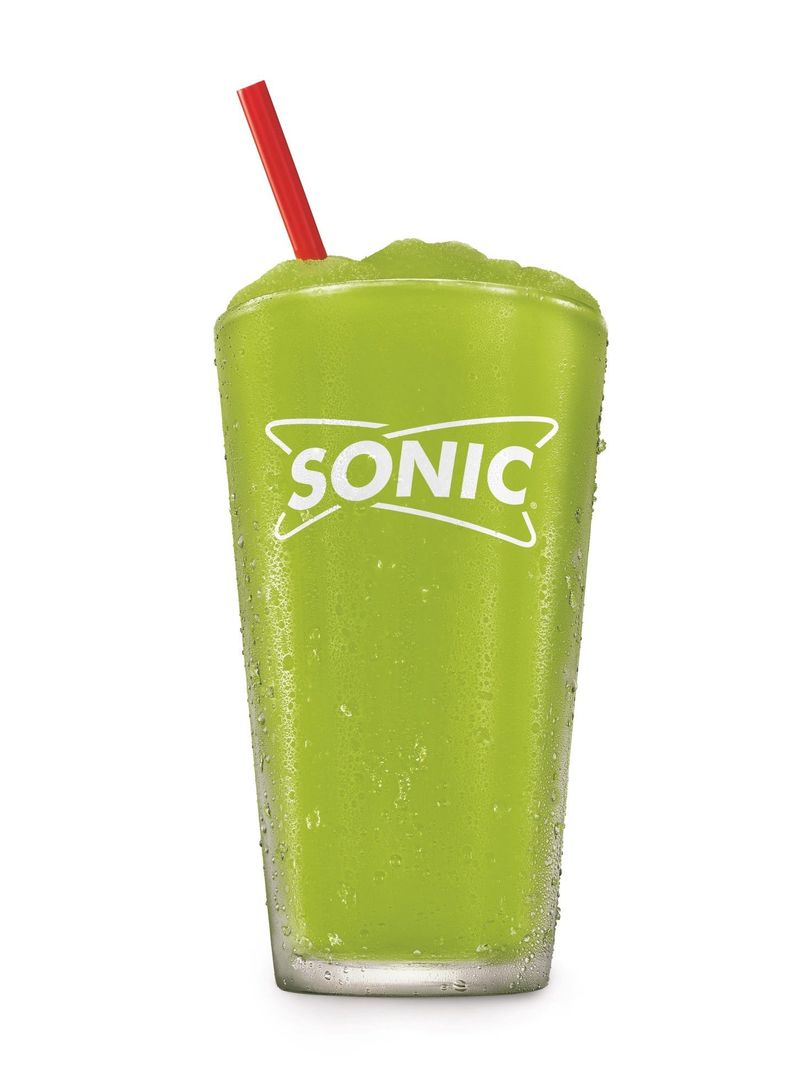
Sonic ventured into unique beverage territory with the Pickle Juice Slush, a bold and polarizing offering. The sweet-sour combination intrigued adventurous tastebuds but quickly divided opinions. While some appreciated the novelty, others found it unpalatable. The Pickle Juice Slush was both a curiosity and a cautionary tale in flavor experimentation. Its divisive reception led to its eventual removal from the menu, underscoring the challenges of pushing flavor boundaries in fast food beverages.
19. Burger King Ribs

Burger King attempted to expand its menu with the introduction of ribs, aiming to offer a more upscale barbecue option. Initially, the idea of ribs at a fast-food chain sparked interest. However, customers soon found the portions too small and the price too high for the fast-food experience. The novelty of ordering ribs from a drive-thru wore off quickly, leading to the item’s discontinuation. Burger King’s foray into ribs highlighted the difficulty of aligning customer expectations with fast food realities.
20. KFC’s Green Bean Casserole Bowl
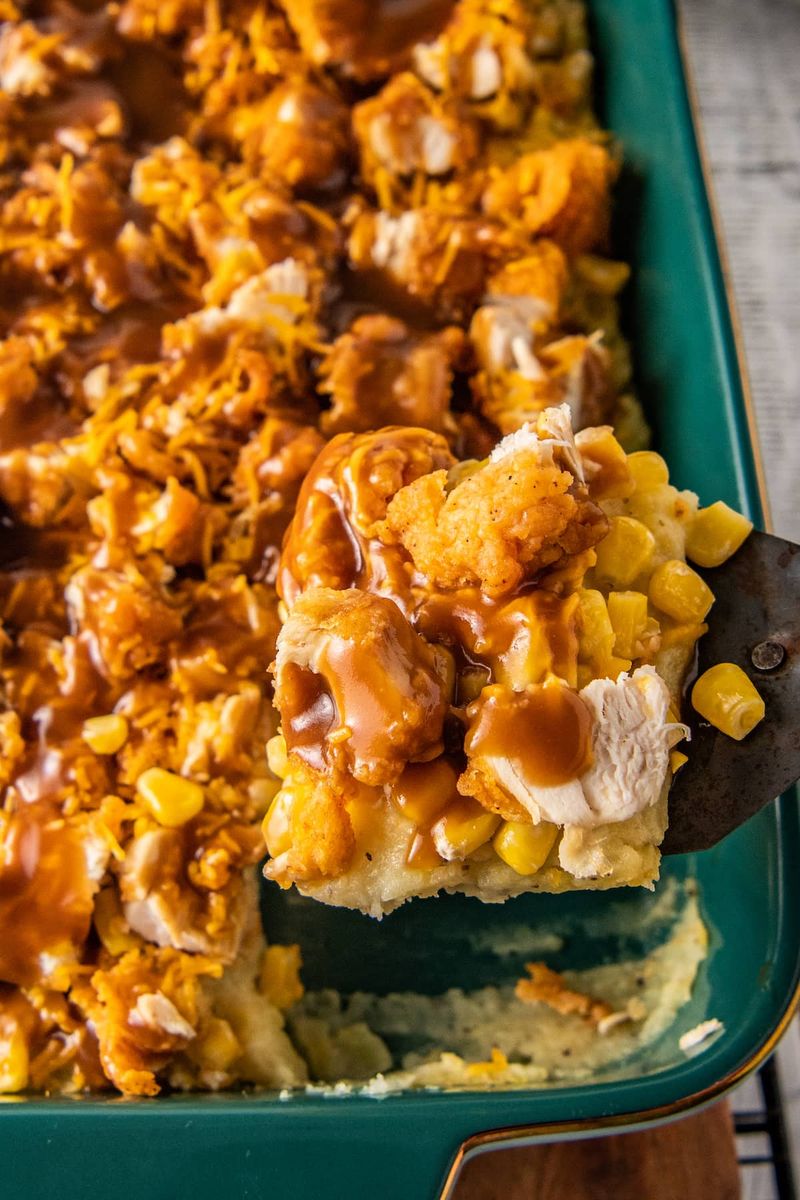
The Green Bean Casserole Bowl was KFC’s attempt to blend comfort foods into a single dish, featuring green beans, mashed potatoes, fried chicken, and cheese. While the concept promised a heartwarming meal, the execution left customers puzzled. The disparate ingredients didn’t meld as hoped, resulting in a dish that felt more chaotic than comforting. Despite its ambitious aim to reinterpret classic comfort food, the Green Bean Casserole Bowl didn’t resonate with customers, leading to its quiet exit from the menu.
21. McDonald’s McSpaghetti

McSpaghetti was McDonald’s ambitious attempt to venture into Italian cuisine, featuring spaghetti served in a fast-food setting. While pasta lovers might have been intrigued, the concept did not align with McDonald’s brand identity. The taste and presentation failed to meet expectations, leading to its quick disappearance from U.S. menus, although it remains in some international locations. McSpaghetti highlights the challenges of expanding menu offerings while maintaining brand consistency in fast food.
22. Taco Bell Beefy Crunch Burrito with Flamin’ Hot Fritos

The Beefy Crunch Burrito with Flamin’ Hot Fritos was a tantalizing creation that attracted a fervent following. The spicy, crunchy combination delighted many fans, yet its frequent disappearances from the menu frustrated customers. The back-and-forth nature of its availability created a love-hate relationship between Taco Bell and its patrons. Despite its popularity, this rollercoaster ride made it too unpredictable to stay. The Beefy Crunch Burrito remains a beloved but fleeting memory for its devoted fanbase.
23. BK’s Halloween Whopper
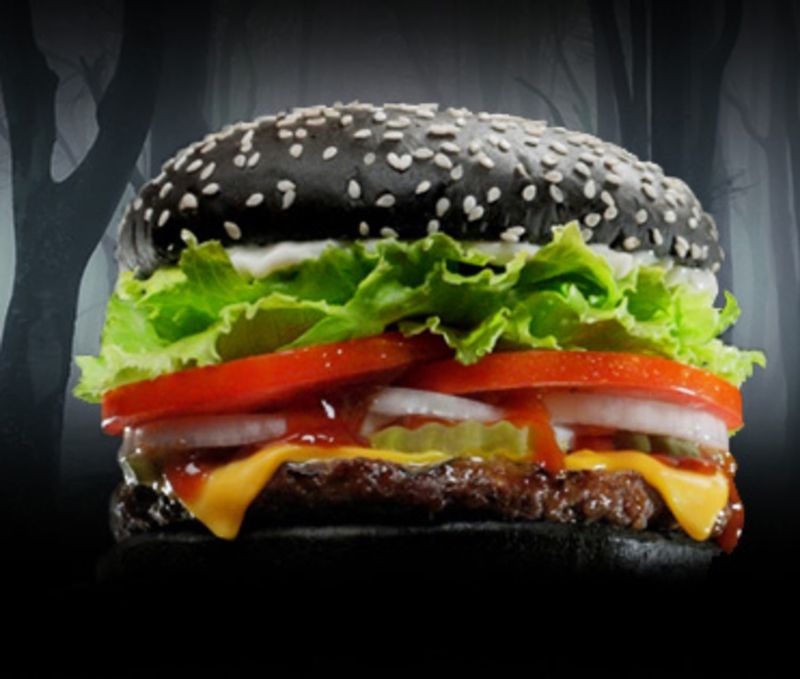
The Halloween Whopper by Burger King made a memorable impact with its black bun, designed to celebrate the spooky season. While the taste was largely unremarkable, the visual novelty garnered significant attention. However, the aftermath of consuming the burger, including changes in tongue and stool color, overshadowed its festive appeal. The Halloween Whopper serves as a reminder of how visual innovation can sometimes backfire when not coupled with culinary excellence.
